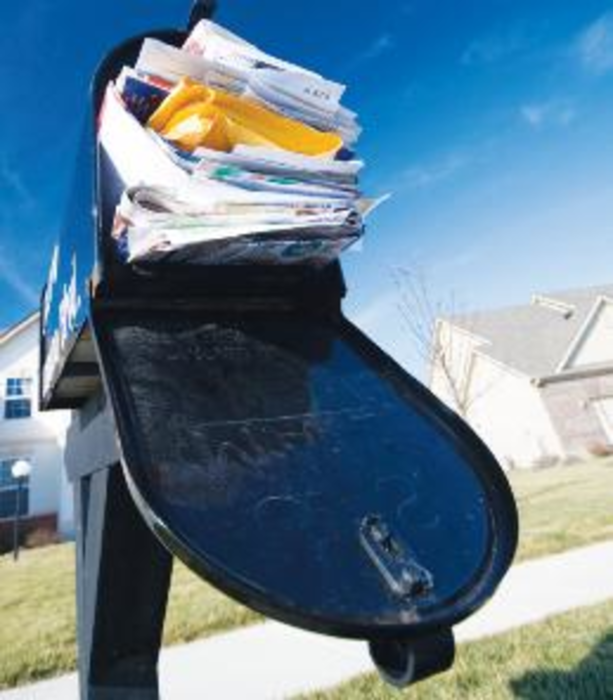Despite the current state of the economy, direct mail marketing from insurance companies appears to be going strong.
While overall direct mail volume plummeted from most financial services companies during 2008, mail from homeowners insurance providers increased volume by 19%, according to a survey by Mintel Comperemedia, which provides direct marketing competitive intelligence.
According to Mintel Comperemedia, 82 million homeowners insurance offers were mailed during 2008, up from 69 million in 2007. The estimated mail volume for new customer acquisition rose steadily through the year to a peak in August when insurers sent more than 10 million marketing direct mail offers promoting homeowners insurance to consumers.
Much of that direct mail volume was sent to convince current clients to increase their coverage or to steal customers from the competition by advertising lower premiums, says Daniel Hayes, VP of insurance services at Mintel Comperemedia.
“An insurance product is something most consumers feel they need to have,” Hayes says. “Compared to the credit card industry, where [a consumer] can have six [different cards], you only need one policy, so it’s very competitive. Insurance companies are trying to maintain their relationships with that consumer, and direct mail is a strong way to do that.”
Insurance companies offering homeowners insurance felt the best way to keep that conversation going with the consumer was to send mail pieces directly into their home, Haynes adds.
“They really kept marketing” through the economic recession, he notes.
Another reason for the large increase in direct mail volume from homeowners insurance providers is recent decisions by some large providers to pull out of certain areas of the country, thus opening up those markets to increased competition, says Michael Barry, VP of media relations for the Insurance Information Institute.
For example, State Farm insurance announced it will stop writing homeowner policies in Florida and plans a phased complete withdrawal out of the state by the end of the year. That leaves about 1.2 million homeowners who will be seeking new policies, he points out.
“That will really give an opening to other carriers to who want to get a bigger foothold in those states,” he says. “There’s a real scramble in Florida. When a large insurer pulls out of certain states, it opens up the playing field.”
Florida is just one example of a region where insurance companies are looking to attract new customers, Barry adds. In Louisiana, the state government has an incentive program, called Insure Louisiana, to attract insurance companies to write homeowner’s policies in the state.
The purpose of the Insure Louisiana Incentive Program, enacted in 2007, is to “encourage insurers to participate in the voluntary property insurance market for the purposes of increasing the availability of property insurance and competitive pressure on insurance rates, and reducing the volume of business written by the Louisiana Citizens Property Insurance Corporation,” according to the state Department of Insurance.
This also will lead to an increase in direct mail from those companies looking to market their product in Louisiana, Barry says, as new insurers to the state look to attract new customers.
Similar situations across the country will lead to volatility in the homeowners direct mail market, Hayes adds, as consumers are likely to be flooded with marketing pieces during some parts of the year and less during others.
“I expect we’ll see similar insurance mail volume volatility in 2009 as homeowners insurance providers increase their competitiveness and further fine-tune direct marketing offers,” Hayes says.








